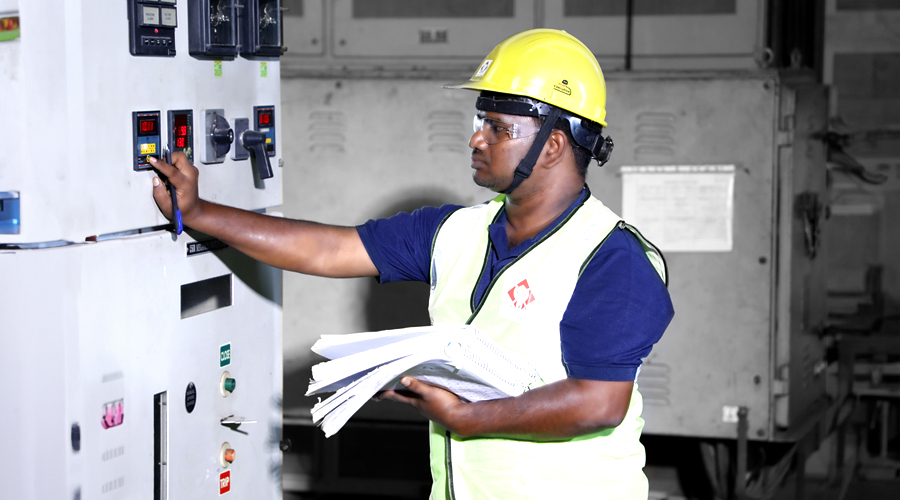Best Practices for Manufacturing Equipment Maintenance

In the fast-paced world of production, where productivity is critical, equipment performance and dependability are crucial. Adopting a planned and well-defined maintenance plan is prudent and necessary to guarantee seamless operations. In this extensive book, we’ll review the value of equipment maintenance, manufacturing equipment maintenance best practices, asset performance tracking, and the potentially game-changing effects of proactive asset management.
The Significance of Equipment Maintenance
Modern manufacturing relies heavily on efficiency, so equipment maintenance is crucial. A well-executed maintenance plan guarantees optimal performance, minimises downtime, and protects your bottom line. It also prevents breakdowns. Frequent inspections, prompt repairs, and maintenance dedication contribute to a proactive strategy that fits the sector’s changing demands.
Best Practices for Manufacturing Equipment Maintenance
A planned approach is necessary to navigate the complex world of manufacturing equipment maintenance. There are several best practises available in the landscape that help improve your maintenance strategy, from regular inspections to predictive maintenance programmes. The following seven crucial actions can have a big impact:
Scheduled Routine Inspections:
Do thorough checks regularly to spot wear, corrosion, and possible problems.
Predictive Maintenance Programs:
Adopt technology to anticipate equipment breakdowns and save downtime using sensors and monitoring systems.
Comprehensive Maintenance Scheduling:
Create a thorough maintenance programme that addresses necessary chores to avert unforeseen malfunctions.
Continuous Training for Maintenance Teams:
Give your staff continual training to help them recognise problems early and perform preventive maintenance efficiently.
Real-Time Asset Performance Monitoring:
Put sophisticated monitoring systems in place for real-time information and preemptive resolution of possible problems.
Robust Record-Keeping and Data Analysis:
Ensure thorough documentation of all maintenance operations and conduct frequent data analysis to support well-informed decision-making.
Safety-First Maintenance Procedures:
Put safety first when performing maintenance tasks to avoid mishaps and injuries.
The Role of Proactive Asset Management
It’s vital to make sure your machinery functions appropriately. Taking a proactive approach means knowing how effectively your equipment functions and anticipating possible faults rather than waiting for problems to arise. In addition to averting unplanned malfunctions, this extends the life and effectiveness of your equipment. These procedures are the cornerstone of operational efficiency in equipment care, from appreciating its importance to implementing proactive asset management.
Implementing proactive equipment maintenance procedures is more than just a tactic; it is essential for long-term operational performance. Businesses can strengthen the basis of efficiency by giving priority to safety-first courses, predictive programmes, and routine inspections. Accepting these simple tactics and incorporating them into regular operations improves machine performance, guaranteeing long-term durability and financial success. Remain proactive and efficient, and see how a well-kept industrial ecosystem produces prosperous outcomes.
UPS Facility Management (UPSFM) maintains critical manufacturing equipment at optimal performance by prioritising a solid maintenance plan. Stressing preventive measures is in keeping with our commitment to providing excellent services and echoes the ideas presented in this article about the best practices for maintaining manufacturing equipment. By taking a maintenance-focused approach, UPSFM can offer a complete solution with several advantages to maintain the effectiveness and lifespan of essential gear.
Have any feedback or questions?
Contact us!




